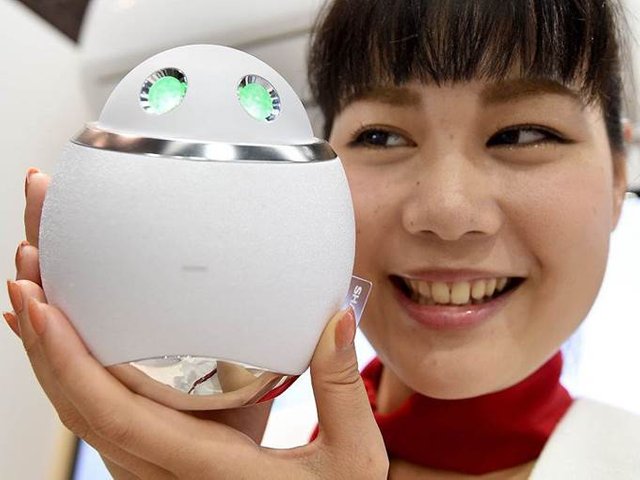The Future of Artificial Intelligence (Part 2)

Artificial intelligence agents come in soft forms, such as applications, software, algorithms, programs of all kinds, and solid forms, such as robots, motorless cars, smart watches, and other gadgets. They replace even employees and perform functions that were considered a few years ago beyond the limits of technological turmoil: indexing images, translating documents, interpreting x-rays, sounds of birds, extracting new information from large data sets, and so forth.
Digital and automation technologies have replaced workers in agriculture and manufacturing for decades, now covering the services sector. More old occupations will continue to disappear, and while we can only guess the magnitude of the next turmoil, we should realize how dangerous it is. Any job where people work superficially is now in danger—between GPS and cars, documents in different languages, ingredients and final dish, or similar symptoms and diseases.
But at the same time, new jobs will emerge, because we will need new intermediaries between automated services, websites, artificial intelligence applications, etc. A person will have a translation review provided by artificial intelligence to make it accurate and reliable.
Translated from an article by Luciano Floridi
Reference
This post has been ranked within the top 25 most undervalued posts in the second half of Oct 18. We estimate that this post is undervalued by $27.96 as compared to a scenario in which every voter had an equal say.
See the full rankings and details in The Daily Tribune: Oct 18 - Part II. You can also read about some of our methodology, data analysis and technical details in our initial post.
If you are the author and would prefer not to receive these comments, simply reply "Stop" to this comment.
This post has received a 7.62 % upvote from @booster thanks to: @neveesa.